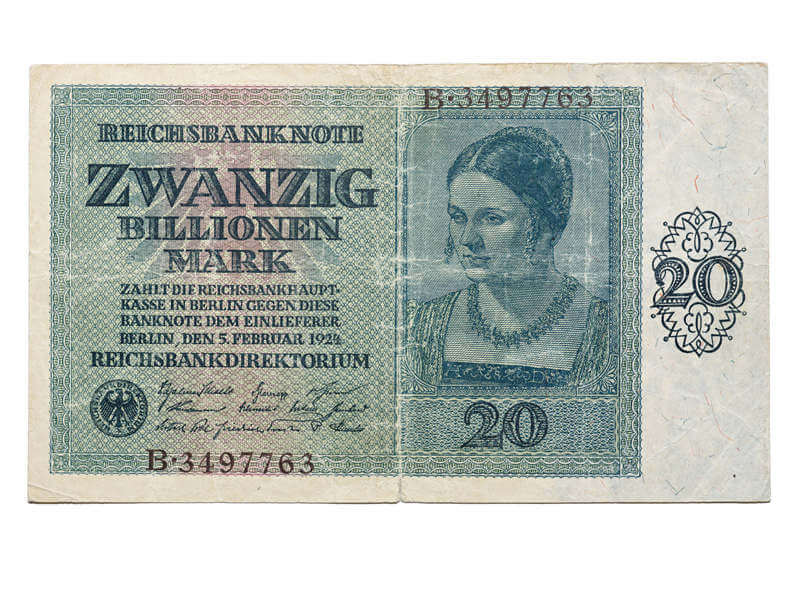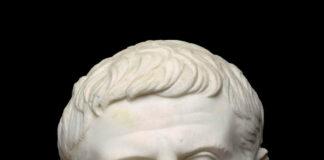
Long feathers that shimmer in the light. A formidably heavy stone ring. An iron blade taller than most children. A hoard of ancient coins with hundreds of imperial eyes. It’s almost impossible to walk by these attention-grabbing monetary objects and not want to know about the places they come from and the people who used them. Despite their diversity, they share a special quality: they make us wonder. It is this quality that makes them ideal teaching tools.
These artifacts are now displayed together in the museum’s newest exhibition for children called Really BIG Money. It is designed to teach elementary-aged visitors about world cultures and to promote financial literacy. Children will be able to look, touch, and explore while discovering the stories behind some of the National Numismatic Collection’s biggest pieces of money. Big in size, quantity, or denomination, each piece can teach us about the world around us, including communities and their cultures, the natural environment, political leaders, and the process of exchange.

Communities and Cultures
About 500 years ago, the shiny, green-blue tail feathers of the male Resplendent Quetzal bird were used by communities in Mexico and Central America to pay taxes to Aztec rulers. With some tail feathers over 20 inches long and irresistibly iridescent, it is not hard to see their appeal. They were not only useful for making payments but also transformed into magnificent headdresses and other special clothing for community leaders, making quetzal tail feathers a central part of Aztec culture. That history remains important to communities in Central America today, and Guatemala honors it by calling its national currency the quetzal and depicting the bird on its coins and banknotes.
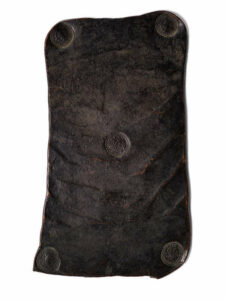
The Natural Environment
Copper is one of Sweden’s most plentiful natural resources. During the 1600s, Sweden had an overabundance of copper and relatively little silver, so it created very big copper plates that were used alongside smaller silver coins. These plates were clunky and hefty – some weighing more than 30 pounds – so people relied on sleds to move copper plates long distances in the snow.
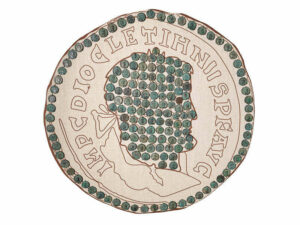
Political Leaders
Ancient Roman emperors were among the first people in the world to put their own faces on coins. As the coins circulated around the Roman Empire, they served as powerful propaganda, letting everyone know who was in charge of their government and economy. In times of trouble, as well as for religious ceremonies, ancient Romans would bury large numbers of coins – sometimes tens of thousands – underground for safekeeping. Some coins were never retrieved, leaving behind coin hoards with important evidence about the history of the Roman Empire and its political leaders. This coin head is made up of 165 coins that were part of a larger coin hoard of more than 550 coins. Its coins feature the portraits of 10 Roman leaders including Galeria Valeria, daughter of Diocletian and wife of his co-emperor Galerius.
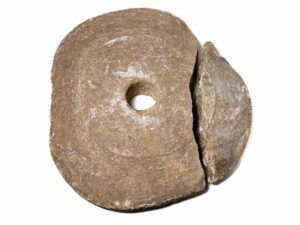
The Process of Exchange
This stone ring called a rai is from the island of Yap in the Pacific Ocean and weighs 112 pounds. It was a significant part of the island’s economy but does not work like the coins and banknotes we carry in our pockets. Rai were only used for special kinds of payments, such as wedding gifts, and were often displayed in front of people’s homes to show a family’s importance to the island community. Very heavy rai did not move around the island even after they changed owners.
Really Big Numbers on Banknotes
After exploring these four key objects and themes, young visitors will encounter banknotes from contemporary Venezuela and from post-World War I Germany, such as a 20 trillion mark note printed in Germany in 1924. Banknotes like this can be shocking to see and might initially seem valuable, but astronomically high numbers on money are often clues that a country and its people are suffering. These objects and related photographs teach the foundational concept that the value of money depends entirely on its context.
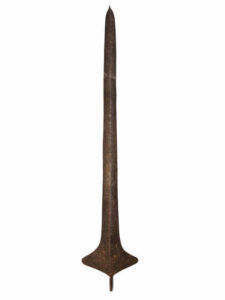
Play to Learn
The final section of the exhibition promotes learning through play and interaction. Young visitors can measure themselves next to a five-foot, seven-inch currency blade, see their own faces on money through customized mirrors (and take selfies!), and play a touchless Match the Money clue-based game featuring an animated quetzal bird on a magical journey.
Really big pieces of money have often been treated as “curiosities” and overlooked in favor of shiny gold coins and crisp modern banknotes. They have remained hidden away in the museum’s vault for too long. As the stars of this new exhibition, they will do the heavy lifting – enabling children to explore the vibrant worlds they come from and helping us to better understand our own.
Ellen Feingold is the curator of the National Numismatic Collection and project director of Really BIG Money. She co-curated the exhibition with Abby Pfisterer, Orlando Serrano Jr, and Sarah Weicksel. This article was first published on 7th April 2022 on the Blog of the National Museum of American History.
Don’t forget to visit the exhibition website!
For further information about the exhibition, visit the website of the National Museum of American History.



